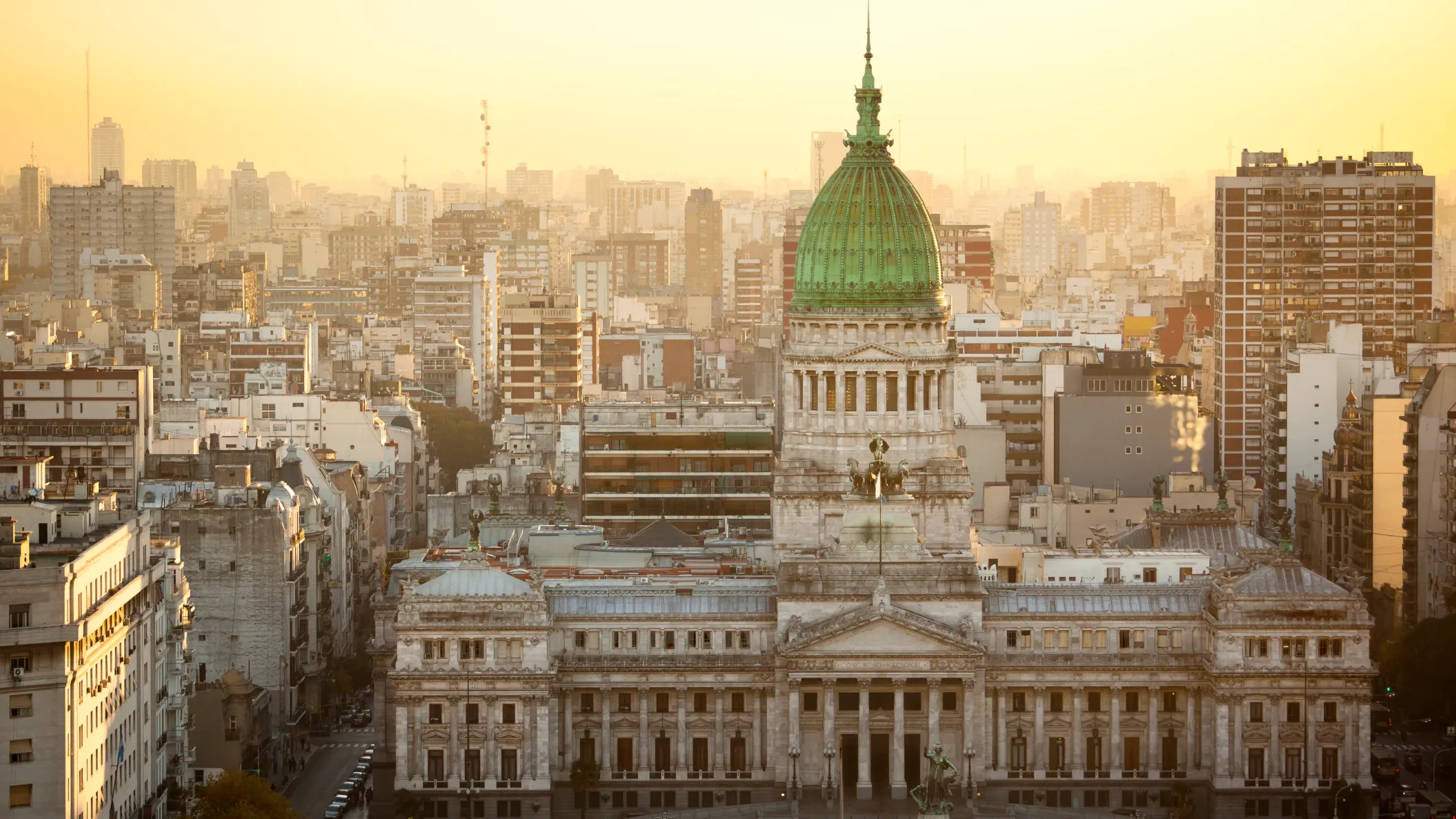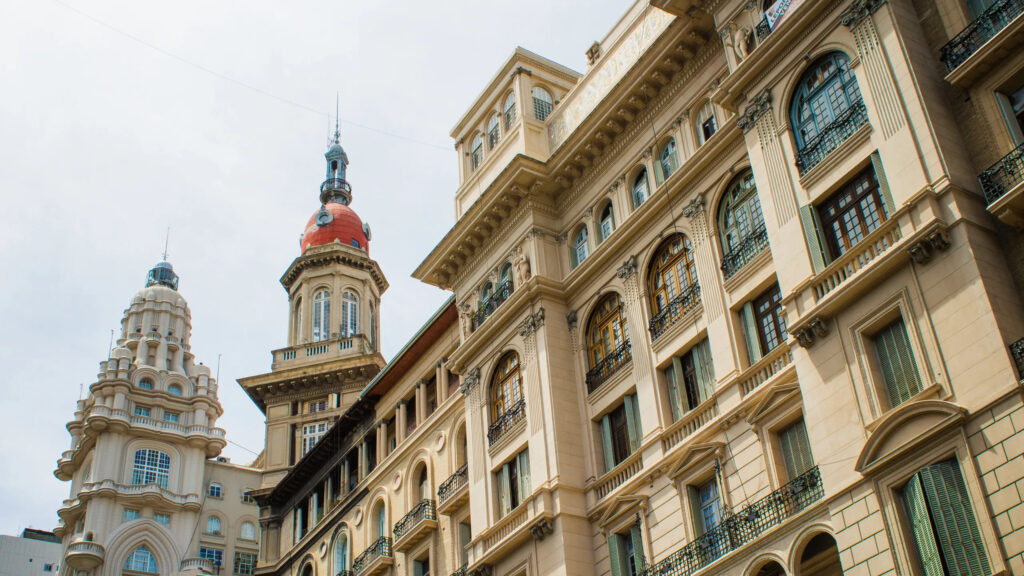Have you ever wandered through a city and felt like you were stepping into a living museum? That’s exactly the sensation you might experience when exploring the rich and diverse Buenos Aires architecture. This vibrant city is a fascinating blend of Neoclassicism and Art Nouveau, creating a unique architectural tapestry that tells the story of its cultural and historical evolution. If you’re someone who finds themselves captivated by the stories buildings tell, then Buenos Aires might just be the perfect destination for you.
A Journey Through Time: The Neoclassical Influence
Buenos Aires architecture is deeply rooted in its Neoclassical past, reflecting the city’s aspirations and European influences. In the late 19th and early 20th centuries, Argentina was experiencing a wave of prosperity, which led to an architectural boom. The Neoclassical style, with its grand columns and symmetrical facades, was adopted to convey a sense of stability and power. As you stroll through the city, you’ll notice how these buildings dominate the landscape, imbuing it with an air of sophistication and grandeur.
One of the prime examples of Neoclassical architecture in Buenos Aires is the Teatro Colón. This world-renowned opera house is celebrated not only for its outstanding acoustics but also for its impressive design. As you stand before its majestic entrance, the intricate details and robust columns transport you to an era where opulence was the norm. The Teatro Colón is more than just a theater; it’s a testament to the city’s dedication to culture and the arts, encapsulating a moment in time when Buenos Aires was determined to establish itself as a cultural capital.
The Charm of Art Nouveau
Transitioning from the stately elegance of Neoclassicism, Buenos Aires architecture also boasts an enchanting array of Art Nouveau structures. This style, known for its organic forms and intricate details, began to flourish in the city at the turn of the 20th century. Art Nouveau in Buenos Aires is characterized by its whimsical and decorative elements, offering a stark yet harmonious contrast to the rigidity of Neoclassical designs.
A stroll through the neighborhood of Recoleta will reveal some of the finest examples of Art Nouveau architecture. Buildings adorned with floral motifs and curvaceous lines create a sense of movement and life, as if they are breathing entities. The Palacio de los Lirios is one such gem, with its stained glass windows and flowing ironwork. These elements not only capture the eye but also evoke a sense of wonder, making you appreciate the artistry and craftsmanship that went into creating these architectural masterpieces.
The Birth of Eclecticism
As Buenos Aires continued to evolve, so did its architectural landscape. The city became a canvas for architects who began blending different styles, giving rise to a unique form of eclecticism. This fusion of Neoclassicism and Art Nouveau, along with other styles like Gothic and Baroque, resulted in a diverse cityscape that defies uniformity yet feels inherently cohesive.
One cannot discuss Buenos Aires architecture without mentioning the Casa Rosada. This iconic pink building is not only the seat of the Argentine government but also a symbol of the eclectic aesthetic that characterizes the city. Its mixture of Italianate and French influences, along with its distinctive color, makes it a striking presence in the city center. The Casa Rosada represents the adaptability and innovation that Buenos Aires is renowned for, showcasing how disparate elements can come together to create something truly unique.
The Influence of European Immigration
The architectural diversity of Buenos Aires can be largely attributed to the waves of European immigrants who made the city their home. These immigrants brought with them their architectural preferences, which melded with local styles to create a rich and varied cityscape. This blend is particularly evident in the neighborhoods of San Telmo and La Boca, where you can see the influence of Italian and Spanish styles.
Walking through San Telmo, you’ll notice the cobblestone streets and colonial buildings that harken back to an earlier time. The neighborhood’s architecture is a reflection of its immigrant past, with buildings that tell stories of the people who lived and worked there. Similarly, La Boca, with its brightly colored houses and artistic flair, showcases the vibrant spirit of its Italian immigrant community. These neighborhoods are living museums, where Buenos Aires architecture comes to life in the most colorful ways.

The Rise of Modernism
In the mid-20th century, Buenos Aires architecture began to embrace modernism, marking a significant departure from its historic styles. This shift was driven by a desire for functionality and simplicity, as well as the need to accommodate a growing population. Modernist buildings in Buenos Aires are characterized by their clean lines, open spaces, and emphasis on practicality over ornamentation.
The Kavanagh Building is a prime example of modernist architecture in Buenos Aires. Completed in 1936, it was the tallest building in Latin America at the time and remains an architectural marvel. Its sleek design and lack of decorative elements marked a new era for Buenos Aires architecture, signaling the city’s willingness to embrace change and innovation. The Kavanagh Building stands as a testament to the city’s forward-thinking spirit, juxtaposing its historical roots with a vision for the future.
Preserving Architectural Heritage
Despite the city’s modern developments, there is a strong commitment to preserving the architectural heritage of Buenos Aires. Efforts to protect historic structures are evident in the careful restoration of buildings and the implementation of regulations aimed at maintaining the city’s architectural integrity. This dedication ensures that the cultural and historical significance of Buenos Aires architecture is not lost to time.
The city’s commitment to preservation can be seen in the meticulous restoration of buildings such as the Palacio Barolo. This iconic structure, inspired by Dante’s Divine Comedy, is a masterpiece of architecture that blends various styles. Its restoration highlights the importance placed on maintaining the architectural narrative of the city. By preserving these structures, Buenos Aires not only honors its past but also provides future generations with a tangible connection to its rich history.
The Role of Public Spaces
Public spaces play a crucial role in shaping the architectural landscape of Buenos Aires. The city is dotted with parks, plazas, and avenues that provide a backdrop for its architectural wonders. These spaces offer a respite from the urban hustle and bustle, allowing residents and visitors alike to appreciate the beauty of Buenos Aires architecture in a leisurely setting.
The iconic Avenida 9 de Julio, one of the widest avenues in the world, is a testament to the city’s commitment to integrating public spaces with its architectural landscape. Flanked by significant landmarks such as the Obelisk and Teatro Colón, this avenue serves as a central artery that connects various parts of the city. As you walk along Avenida 9 de Julio, you’re enveloped in the city’s architectural narrative, where each building and monument contributes to the story of Buenos Aires.
The Future of Buenos Aires Architecture
As Buenos Aires continues to grow and evolve, so too does its architectural landscape. The city is embracing sustainable and innovative design practices, with a focus on creating spaces that are environmentally friendly and adaptable to modern needs. This forward-thinking approach ensures that Buenos Aires architecture remains relevant and vibrant, reflecting the city’s dynamic spirit.
One example of this is the transformation of the Puerto Madero district. Once a neglected area, it has been revitalized into a modern urban hub with sleek skyscrapers and eco-friendly designs. This transformation showcases Buenos Aires’ ability to adapt and reinvent itself, blending contemporary architecture with the city’s historical roots. The future of Buenos Aires architecture promises to be as diverse and captivating as its past, continuing to intrigue and inspire those who walk its streets.
Conclusion
Buenos Aires architecture is a tapestry woven from threads of history, culture, and innovation. From the grandeur of Neoclassical structures to the whimsical charm of Art Nouveau, and the modernist marvels that punctuate the skyline, the city’s architectural landscape is a testament to its rich and varied past. As you explore the streets of Buenos Aires, you’re not just witnessing buildings; you’re experiencing the soul of a city that has embraced change while honoring its heritage. Whether you’re an architecture enthusiast or a curious traveler, Buenos Aires invites you to discover its stories, one building at a time.

Recent Posts
15 Floor Plan Graphic Styles That Will Elevate Your Presentation Game
The Role of Shadows in Architectural Storytelling
When Furniture Becomes Architecture: Blurring the Line